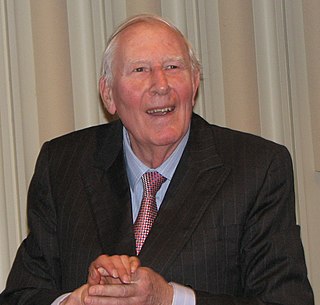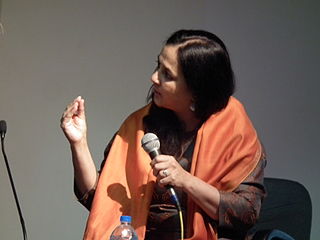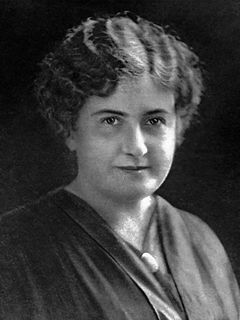A Quote by Isabelle Adjani
I loved my freedom as an adolescent, and I'd love to be an adolescent again.
Quote Topics
Related Quotes
There's only one thing harder than living in a home with an adolescent - and that's being an adolescent. The moodiness, the volatility, the wholesale lack of impulse control, all would be close to clinical conditions if they occurred at another point in life. In adolescence, they're just part of the behavioral portfolio.
This is the hope of many adolescent girls--to capture a parent's heart with love for them as they are, as people. They reject thenotion of being loved just because they are the child of the parent. They want the parent to fall in love with them all over again, because being new, they deserve a new love.
The first typical adolescent of modern times was Wagner's Siegfried. : the music of Siegfried expressed for the first time that combination of (provisional) purity, physical strength, naturism, spontaneity and joie de vivre which was to make the adolescent the hero of our twentieth century, the century of adolescence.


































